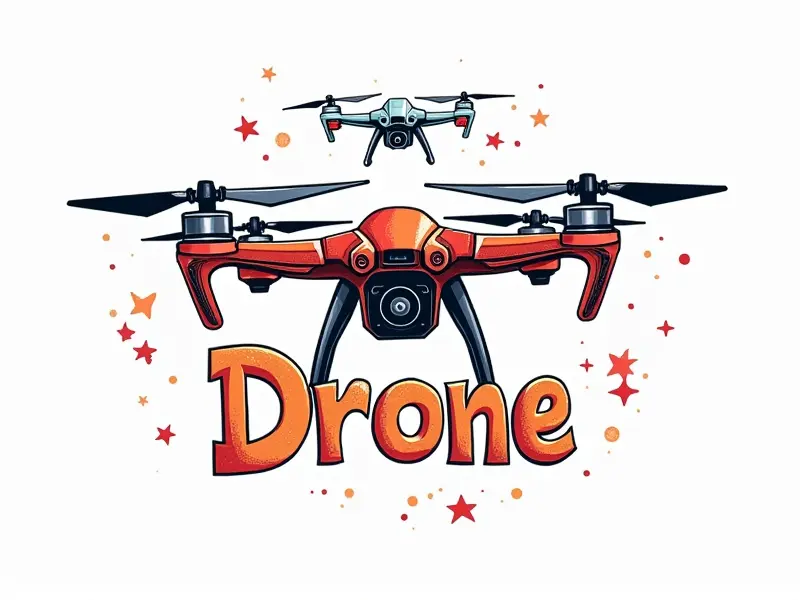How does tail rotor function?

How Does a Tail Rotor Work?
The tail rotor is an essential component of any helicopter, playing a critical role in maintaining stability and control. It functions by generating thrust perpendicular to the main rotor's plane, counteracting the torque generated by the main rotor. This thrust helps prevent the helicopter from spinning uncontrollably around its vertical axis.
Understanding Tail Rotor Functionality
The tail rotor is a smaller propeller located at the end of the tail boom, which extends rearward from the helicopter's fuselage. It consists of several blades that rotate around a horizontal shaft and are driven by the main transmission system. The pitch angle of these blades can be adjusted to vary the amount of thrust produced.
Why Tail Rotors Are Essential
Tail rotors serve multiple critical functions in helicopter operations:
- Maintaining Directional Stability: They counteract the torque generated by the main rotor, preventing unwanted yaw motion.
- Controlling Yaw Movement: Pilots use tail rotor controls to steer the helicopter left or right.
- Balancing Lift and Thrust: Tail rotors help balance the lift generated by the main rotor, ensuring overall stability.
Tail Rotor: Key to Helicopter Stability
The tail rotor is crucial for maintaining stable flight conditions. Without it, helicopters would be difficult to control and prone to dangerous yaw movements. The tail rotor's ability to adjust its pitch angle allows pilots to fine-tune the helicopter's direction and stability during various maneuvers.
Inside the Tail Rotor System
The tail rotor system includes several components:
- Tail Boom: The long, slender structure extending from the rear of the fuselage that houses the tail rotor assembly.
- Tail Rotor Drive Shaft: A shaft connecting the main transmission to the tail rotor gearbox.
- Tail Rotor Gearbox: Reduces the speed and increases the torque from the main transmission, driving the tail rotor blades.
- Tail Rotor Blades: Typically two or four blades that rotate around a horizontal axis to generate thrust.
Tail Rotor Basics for Beginners
For those new to helicopters, understanding the basics of the tail rotor is essential. The tail rotor works in conjunction with the main rotor to provide directional control and stability. It operates independently but is synchronized with the main rotor's rotation through a complex mechanical system.
The Role of Tail Rotors Explained
Tail rotors play a pivotal role in helicopter flight dynamics:
- Yaw Control: Pilots use foot pedals to adjust the tail rotor pitch, controlling yaw movement and steering the aircraft.
- Anti-Torque Function: The tail rotor counteracts the torque generated by the main rotor, preventing unwanted rotation around the vertical axis.
How Tail Rotors Maintain Balance
The balance between the main and tail rotors is crucial for stable flight. As the main rotor generates lift, it also produces a reactive force that would cause the helicopter to spin if not countered by the tail rotor. By adjusting the pitch of the tail rotor blades, pilots can maintain equilibrium and control.
Understanding RC Helicopter Tail Rotors
In remote-controlled (RC) helicopters, the tail rotor serves similar functions as in full-scale models but operates on a smaller scale. The mechanics are simplified yet equally important for maneuverability and stability. RC enthusiasts must understand how to adjust and maintain their tail rotors for optimal performance.
Tail Rotor: The Unsung Hero of Helicopters
While the main rotor often garners more attention, the tail rotor is indispensable in ensuring safe and controlled flight. Its ability to manage yaw movement and provide stability makes it a critical component that pilots rely on constantly.
Mastery RC Helicopter Tail Control
To master control of an RC helicopter's tail rotor, enthusiasts must practice adjusting pitch angles and understanding the interplay between main and tail rotors. Proper calibration and maintenance are key to achieving smooth and responsive flight characteristics.
Conclusion
The tail rotor is a vital component in both full-scale and remote-controlled helicopters, playing an essential role in maintaining stability and control during flight. Understanding its functionality and importance can greatly enhance one's appreciation for the complexity of helicopter design and operation.

